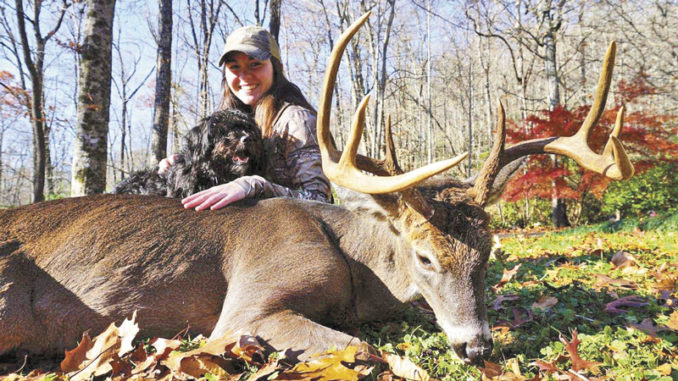
Late season deer strategies


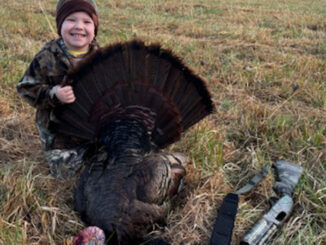
Rilyn Mabe, 5-years-old, killed his first turkey on Monday, April 8, 2024, while hunting with his dad. The turkey weighed 20 pounds. […]
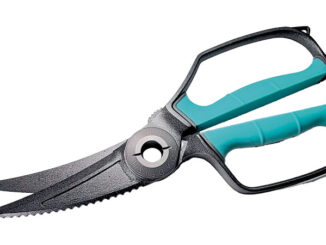
The Toadfish Ultimate Shears are perfect for fishing, and they’re also great in the kitchen. […]
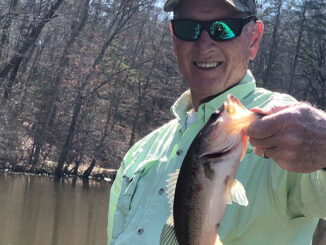
In the Carolinas, bass are in post-spawn mode throughout the month of May, and you can catch your share with these tips. […]
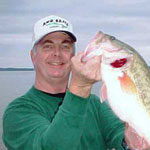
Copyright 1999 - 2024 Carolina Sportsman, Inc. All rights reserved.
Be the first to comment